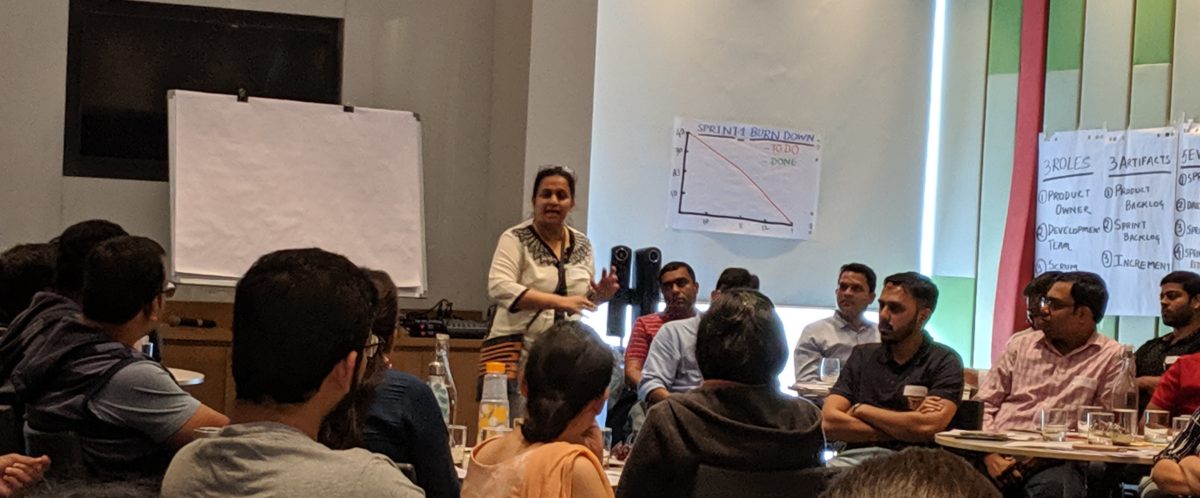Common Misconceptions and negative implications
Some teams treat the Sprint Backlog as just a smaller version of the bigger plan (Product Backlog) and start creating baselined Sprint Backlogs for multiple future Sprints. The negative implication of this practice is that the “Inspect and Adapt” cannot happen. This becomes just disguising the waterfall and calling it Scrum.
Recommendations
- There should only be one Sprint Backlog. This represents the forecast for the current Sprint. At the end of the Sprint, the Sprint Backlog is emptied. All remaining items are taken back to the Product Backlog. All completed and done items are taken into Increment. The reason why this is done this way is to give opportunity to the Product Backlog to be re-ordered if needed.
- It is possible that the Product Backlog item changes the order since there might be change of business priorities. If the Sprint Backlog is baselined for multiple sprints at the start then an important opportunity for inspection and adaptation is lost.
- The discussions in the Sprint Planning result into a new Sprint Backlog based on the business objective to be achieved this Sprint. Even during the sprint, the Sprint Backlog emerges – more details get added and new things get clarified.
This article is re-published on WORLD OF AGILE website –https://worldofagile.com/blog/myth-about-creating-multiple-sprint-backlogs-before-first-sprint-starts/
